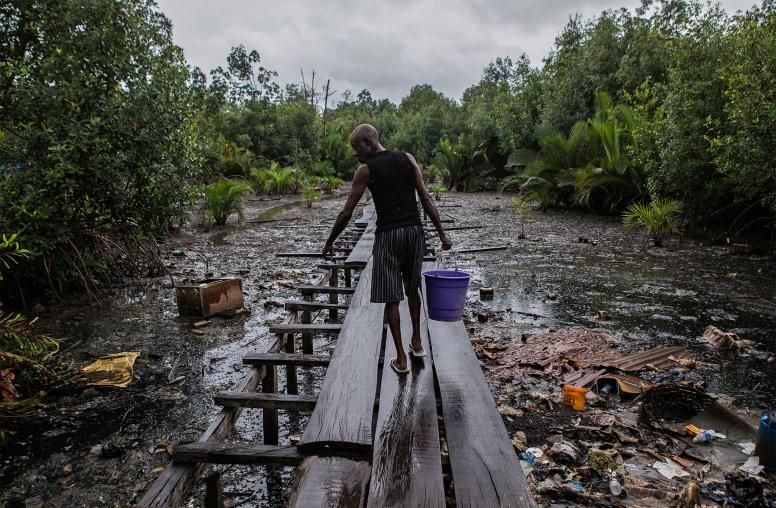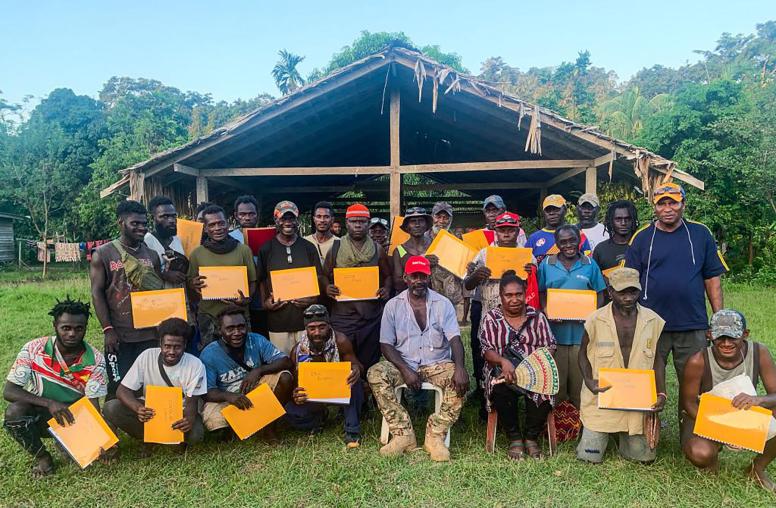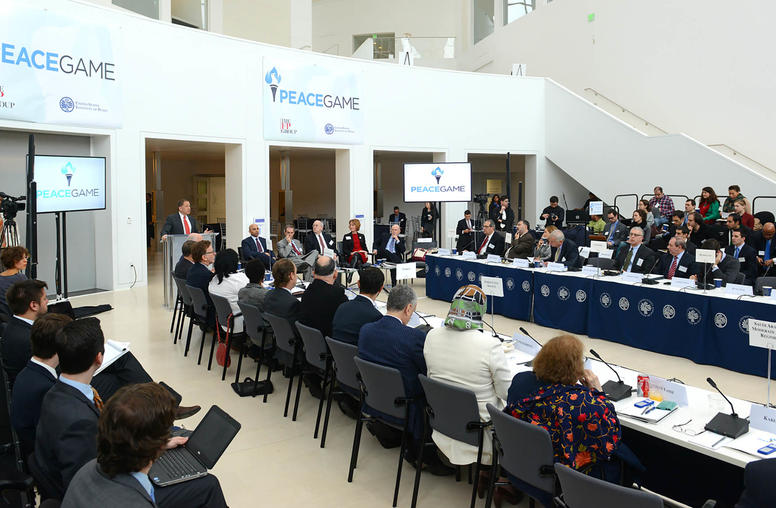Conflict Assessment and Intelligence Analysis
To be effective, policymaking and programming in conflict situations must start with an accurate understanding of local context, conflict actors, causes, and the dynamic relationships among them. The report argues that complex conflict situations can be better understood by tapping the potential synergy between two distinct approaches to analyzing conflicts—conflict assessment and intelligence analysis. This report originates from the United States Institute of Peace’s Center for Conflict Management, which conducts research, identifies best practices, and develops new tools for conflict prevention, management, and resolution.

Summary
- A wide consensus has emerged in recent years that successful policymaking and programming in conflict situations must start with an accurate understanding of local context, conflict actors, causes, and the dynamic relationships among them.
- This recognition has led to a plethora of new analytic initiatives, but little evident effort to exploit potential synergies between conflict assessment and national security intelligence analysis.
- Conflict assessment and intelligence analysis have different origins, aims, and methods but also a number of important elements of commonality. They both aim to enhance understanding of complicated sociopolitical situations to support better decision making and face many common challenges, including accuracy, precision, timeliness, and relevance.
- Conflict assessment is marked by its action orientation, its flexibility, and its emphasis on collaborative methods to elicit views on the conflict from diverse perspectives. These attributes may lead conflict assessment processes to be especially able to pick up “weak signals” and to promote cooperation and enhance understanding of the “other side’s” perspectives.
- These strengths of conflict assessment may at times come at the cost of analytic rigor, precision, and sensitivity to the possibility that some stakeholders could provide misleading information.
- Intelligence analysis is designed to produce objective assessments for government national security decision makers through rigorous evaluation of “all source” data (including classified information) in a competitive environment. Intelligence analysts’ independence from policymakers and their adherence to explicit standards of analytic tradecraft should help lead to high-quality analytic products.
- Potential pitfalls of intelligence analysis include being too reliant on data from clandestine and highly technical sources, being subject to political pressure, and being insufficiently collaborative.
- Three important global trends tend to push conflict assessment and intelligence analysis toward convergence: the changing nature of national security, the increasing salience of “open source” information, and the growing recognition of the limitations of lone analysts.
- Deliberate efforts to draw on the methods of both conflict assessment and intelligence analysis will yield fuller and more useful analysis, which should in turn improve the formulation of conflict management, peacebuilding, and national security strategies. Using tools of conflict assessment and intelligence analysis in tandem is one specific step toward fully realizing the complementarity of these two analytic approaches.
About the Report
To be effective, policymaking and programming in conflict situations must start with an accurate understanding of local context, conflict actors, causes, and the dynamic relationships among them. The report argues that complex conflict situations can be better understood by tapping the potential synergy between two distinct approaches to analyzing conflicts—conflict assessment and intelligence analysis. This report originates from the United States Institute of Peace’s Center for Conflict Management, which conducts research, identifies best practices, and develops new tools for conflict prevention, management, and resolution.
About the Author
Lawrence Woocher is a senior program officer at the United States Institute of Peace. The author benefited from many discussions with practitioners of conflict assessment and intelligence analysis, especially at an Institute roundtable meeting on November 10, 2010, and wishes to thank Jennifer Sims and Abiodun Williams for their helpful comments on an earlier draft.



